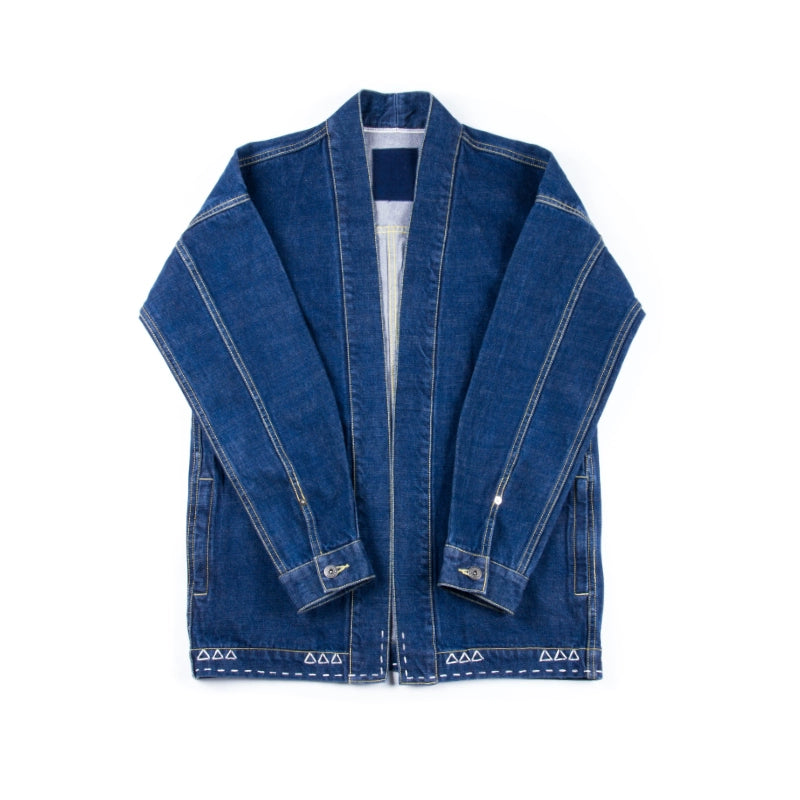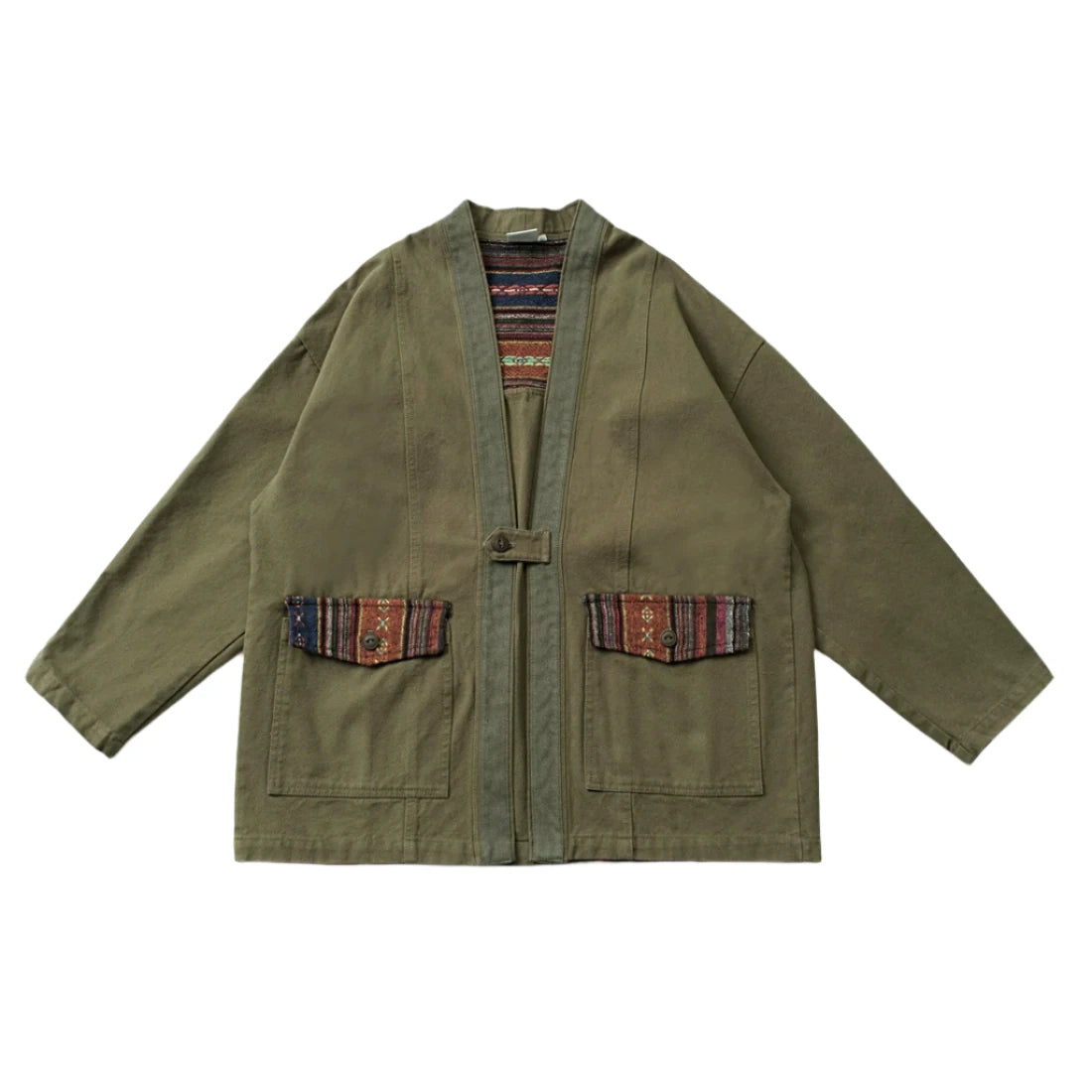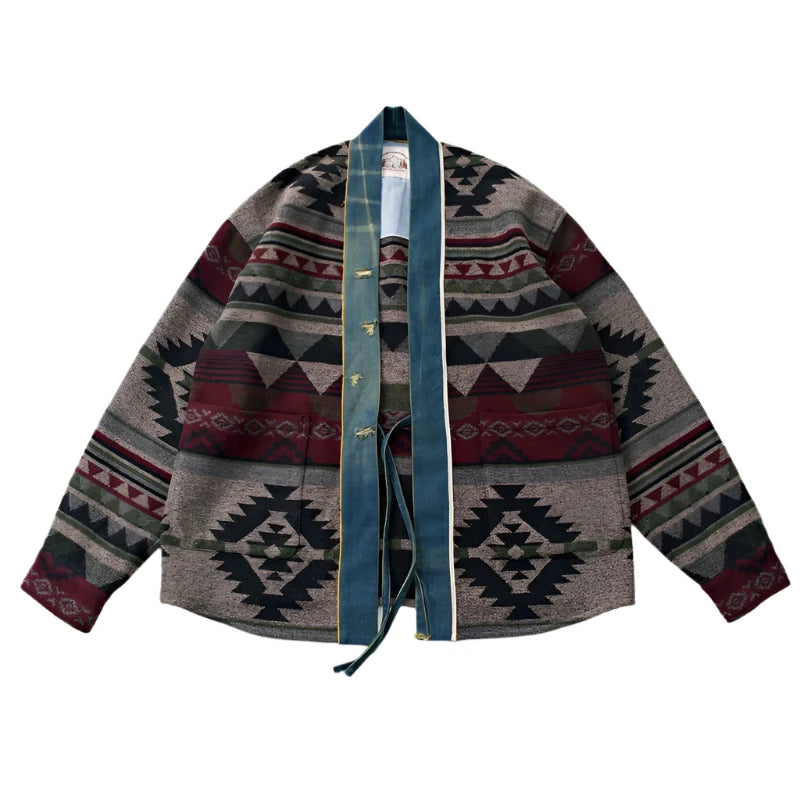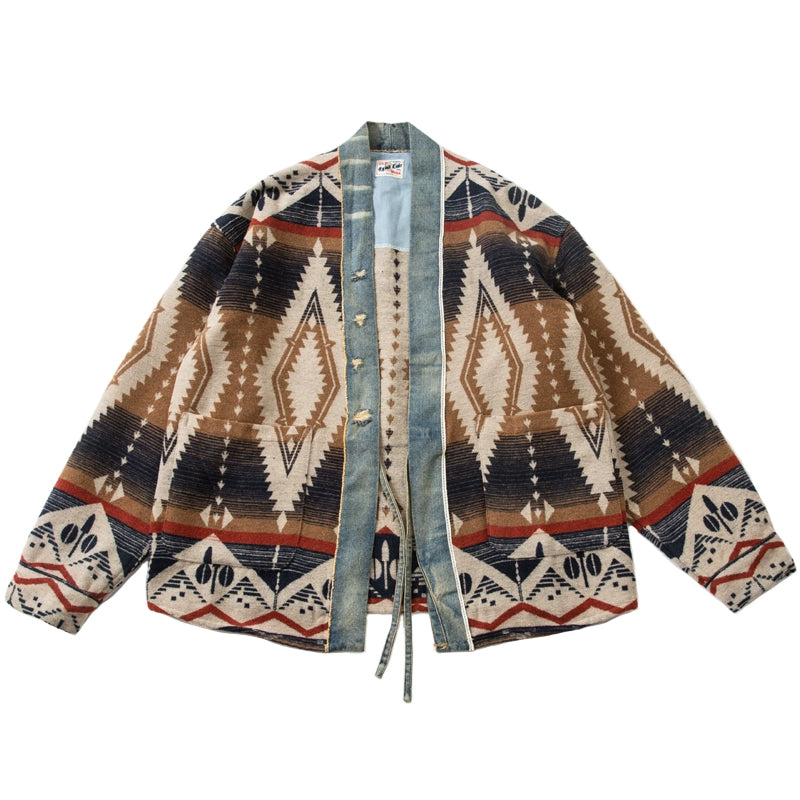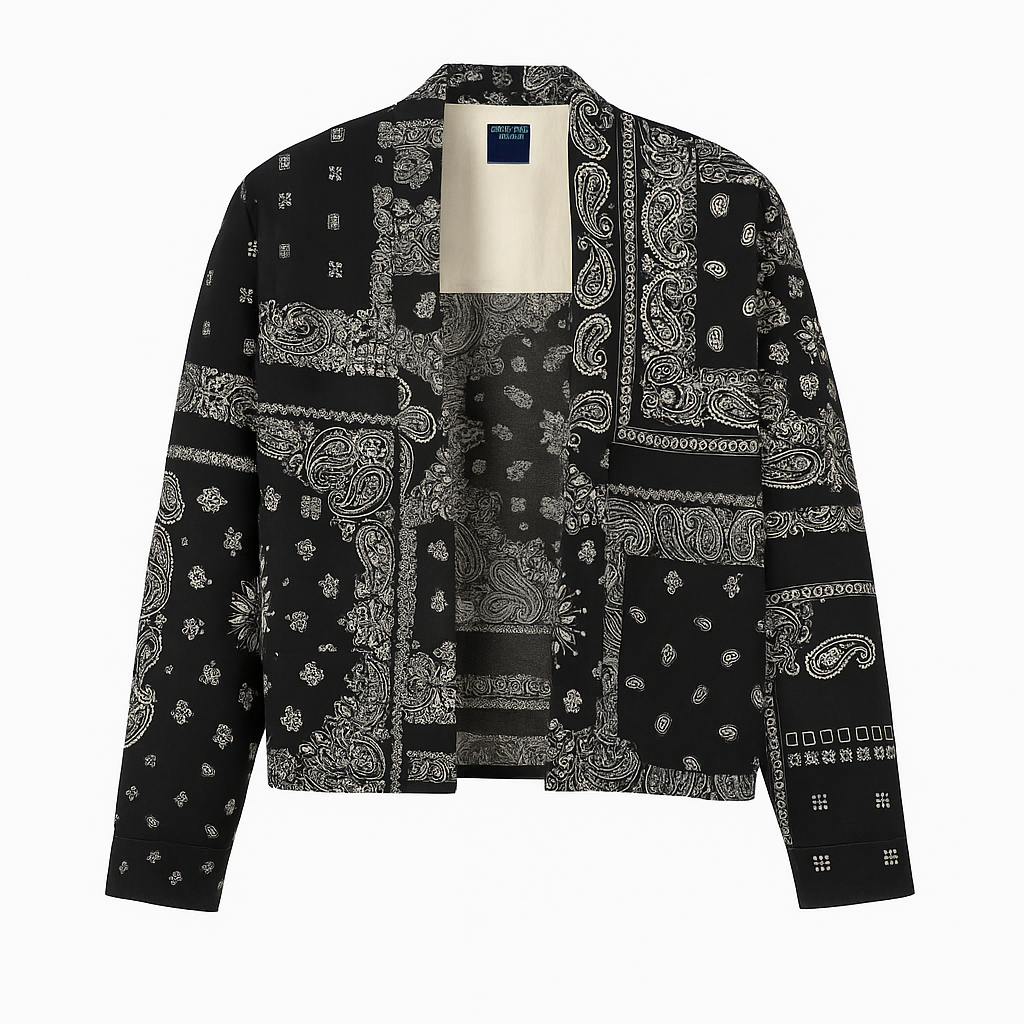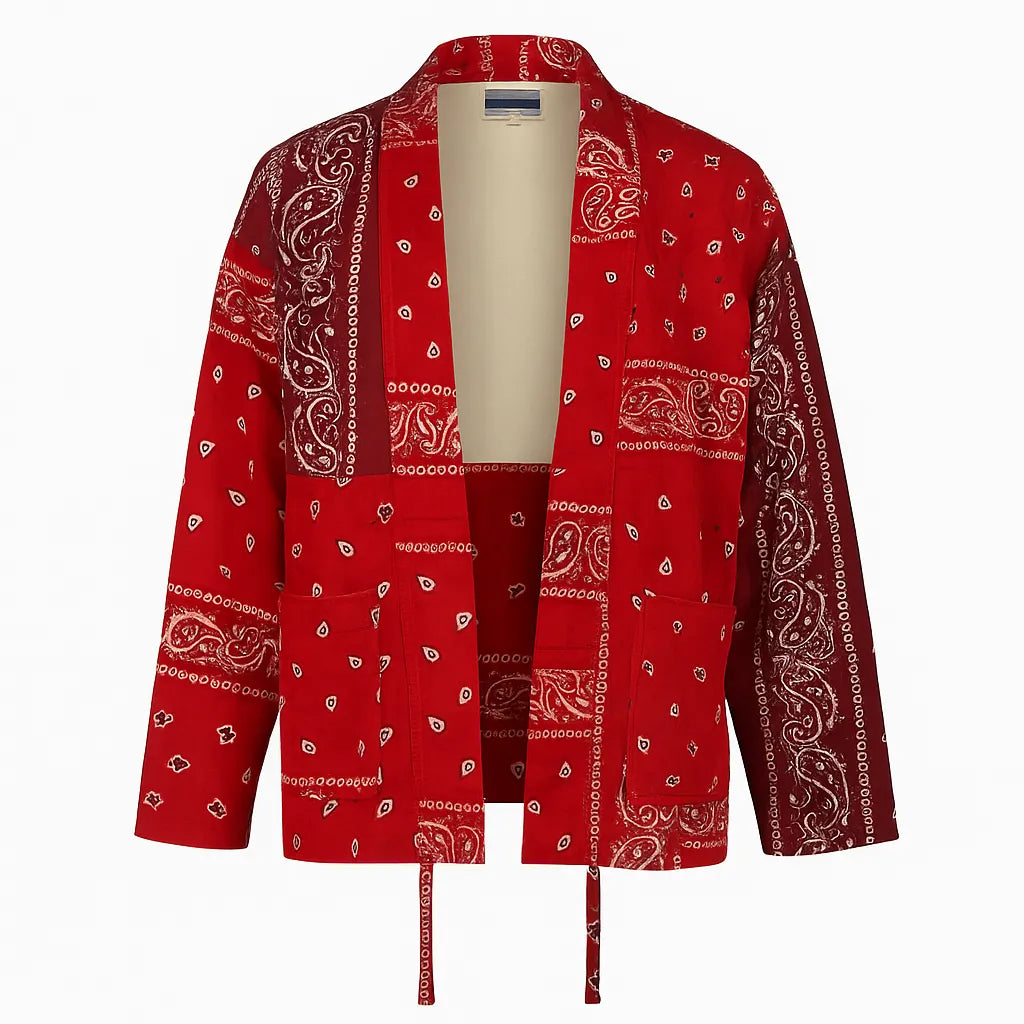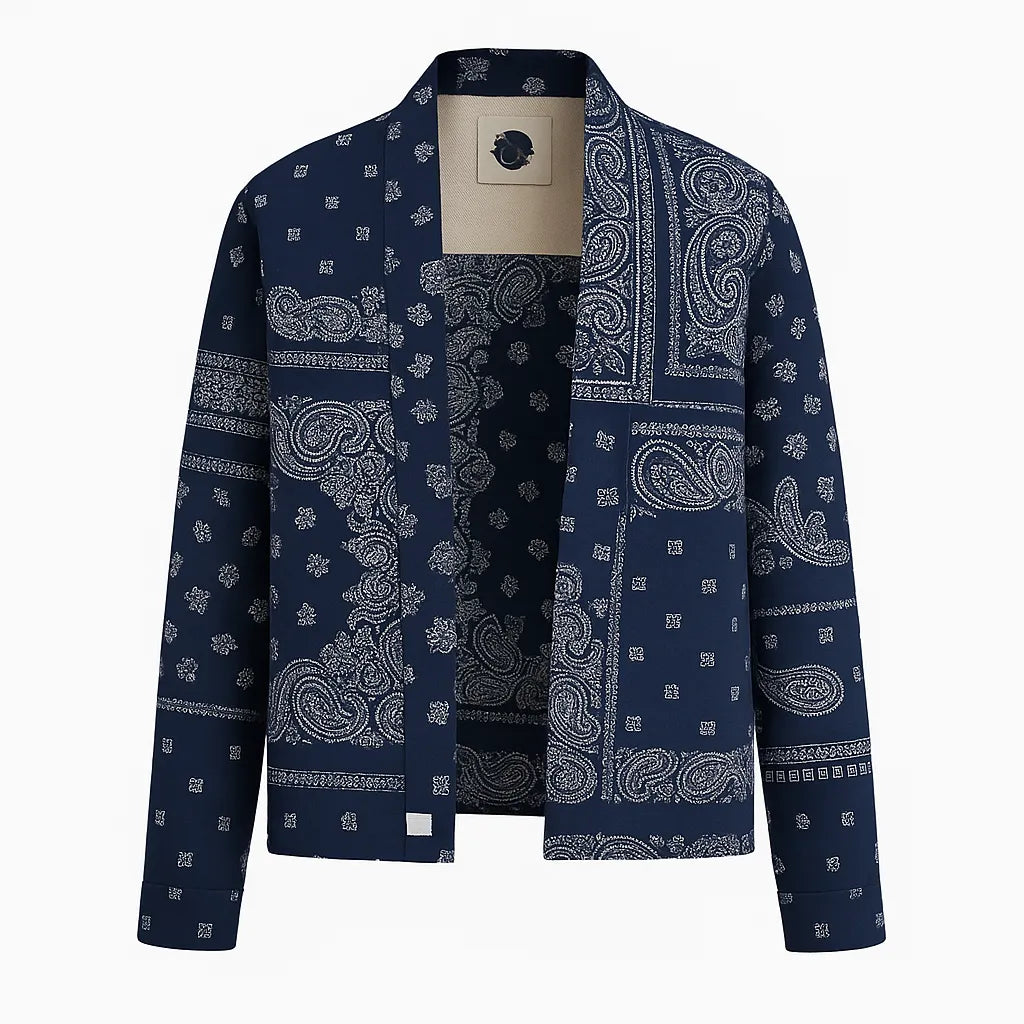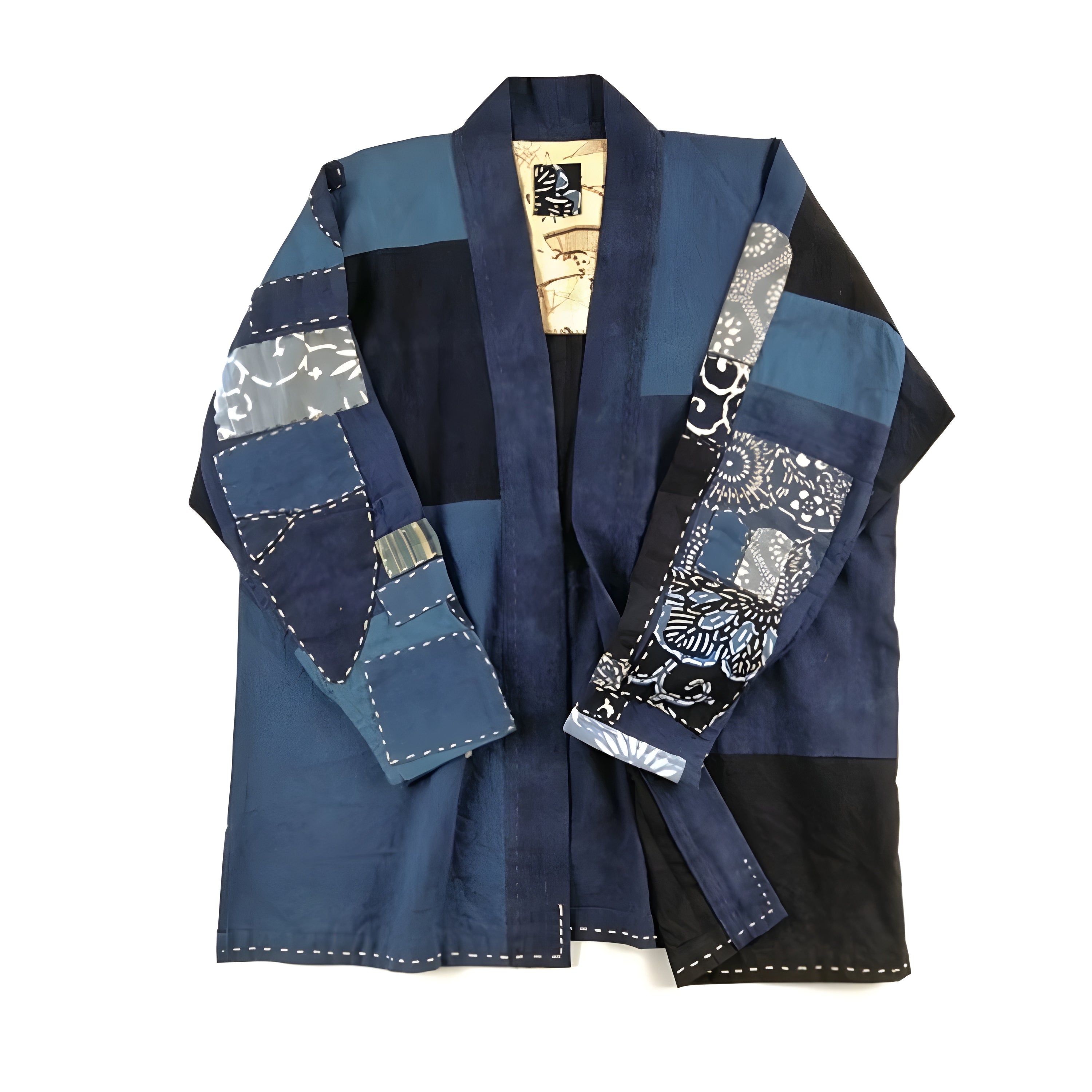Noragi Streetwear: The Ultimate Guide to Japanese-Inspired Fashion Trends
Discover the fascinating evolution of noragi streetwear, a Japanese-inspired fashion trend that's transformed from humble workwear to a modern style statement. What was once considered clothing for peasant farmers has now emerged as a coveted piece in contemporary streetwear collections.
Today's noragi designs blend traditional Japanese aesthetics with modern technical fabrics and functional details. These versatile pieces feature the signature wide, drooping sleeves and loose-fit silhouettes that you can layer over t-shirts, sweaters, or hoodies. Whether you're dressing for warm or cool weather, noragi's adaptable nature makes it a practical addition to any wardrobe, suitable for both indoor and outdoor wear.
Traditional Japanese Workwear Roots
Japanese farmers crafted noragi jackets from hand-woven cotton or hemp materials, primarily in indigo blue colors. The indigo dye served dual purposes: it provided anti-mosquito properties and adhered to social restrictions that prevented lower classes from wearing bright colors. Women passed down the traditional hand-weaving techniques through generations, creating durable garments suited for daily agricultural work.
Key characteristics of traditional noragi:
- Kimono-style collar construction
- Shorter sleeves for mobility
- Triangular gussets at armholes
- Straight side panels
- Patchwork repairs (boro technique)
Evolution Into Modern Fashion
The transformation of noragi from workwear to fashion statement occurred after World War II during Japan's economic revival. Contemporary noragi designs maintain core elements while incorporating:
Design elements:
- Dropped shoulders
- Wide sleeves
- Relaxed silhouette
- Technical fabrics
- Urban-inspired details
- Machine-woven materials
- Standardized sizing
- Modern construction methods
- Diverse color options
- Enhanced durability features
| Time Period | Primary Material | Production Method | Main Usage |
|---|---|---|---|
| Pre-1900s | Hemp | Hand-woven | Agricultural work |
| Early 1900s | Cotton | Hand-crafted | Rural labor |
| Post-1945 | Mixed fibers | Machine-made | Fashion wear |
Key Design Elements Of Noragi Jackets
Noragi jackets feature distinctive design elements that blend functionality with aesthetic appeal. These characteristics reflect both agricultural heritage and modern adaptations in contemporary streetwear.
Signature Silhouette And Features
The noragi's signature silhouette incorporates a kimono-style collar with wide, drooping sleeves. Its defining features include:
- Straight side panels for unrestricted movement
- Triangular gussets at armholes to enhance mobility
- Open-front design with traditional tie closures
- Shorter sleeve lengths compared to traditional kimonos
- Relaxed shoulder construction for layering comfort
- Extended back panels for coverage during bending
Traditional Vs Contemporary Materials
Traditional noragi materials differ significantly from modern interpretations:
Traditional Materials:
- Hand-woven cotton or hemp fabrics
- Natural indigo-dyed textiles
- Boro patchwork repairs using recycled fabric
- Raw, unbleached cotton threads
- Plant-based dye compounds
- Technical synthetic blends
- Weather-resistant fabrics
- Machine-woven materials
- Geometric pattern designs
- Performance textiles with moisture-wicking properties
- Durable synthetic threads
- Premium cotton-polyester combinations
| Material Type | Traditional Era | Modern Era |
|---|---|---|
| Primary Fabric | Cotton/Hemp | Technical Blends |
| Construction | Hand-woven | Machine-woven |
| Durability | Patch-repaired | Pre-reinforced |
| Color Source | Natural dyes | Synthetic dyes |
| Texture | Raw, irregular | Refined, uniform |
How To Style Noragi In Streetwear
Noragi jackets offer versatile styling options for modern streetwear looks. These adaptable pieces integrate seamlessly into both casual and elevated outfits through strategic layering and thoughtful combinations.
Casual Everyday Looks
A noragi jacket creates effortless casual looks when paired with essential streetwear staples. Layer it over a plain white t-shirt with relaxed-fit denim jeans or cargo pants for a balanced silhouette. Add minimalist sneakers in neutral colors (white, black, gray) to complement the ensemble. The loose-fitting nature of noragi pairs effectively with fitted base layers, creating visual contrast in the outfit.
- Metal pendant necklaces
- Minimalist watches
- Technical bags
- Military-inspired belts
- Structured beanies
| Base Layer Options | Bottom Options | Footwear Choices |
|---|---|---|
| T-shirts | Cargo pants | Combat boots |
| Mock necks | Wide-leg pants | Canvas sneakers |
| Hoodies | Tapered jeans | Running shoes |
| Button-downs | Tech pants | High-tops |
Popular Noragi Variations And Styles
The noragi jacket incorporates distinct variations that blend traditional Japanese elements with modern design aesthetics:
Classic Workwear Noragi
- Features hand-sewn patches in indigo-dyed cotton
- Incorporates visible stitching patterns
- Contains multiple front pockets for tools
- Displays traditional tie closures at the waist
Contemporary Streetwear Noragi
- Uses technical synthetic fabrics
- Includes hidden zippered compartments
- Features adjustable closures
- Offers weather-resistant properties
- Comes in modern color palettes
Oversized Noragi
- Provides extended sleeve length
- Features dropped shoulders
- Contains exaggerated side panels
- Allows layering flexibility
Lightweight Summer Noragi
- Uses breathable linen blends
- Features shorter sleeve lengths
- Incorporates mesh ventilation panels
- Maintains minimal design elements
- Combines elements from military jackets
- Integrates cargo pockets
- Features reinforced stitching
- Includes tactical hardware
- Open-front design
- Kimono-style collar
- Straight side panels
- Triangular underarm gussets
- Traditional tie closures
| Style Type | Primary Material | Key Features | Best For |
|---|---|---|---|
| Classic | Cotton | Patches, ties | Casual wear |
| Contemporary | Technical fabrics | Weather resistance | Urban settings |
| Oversized | Mixed materials | Extended cuts | Layering |
| Summer | Linen blends | Ventilation | Hot weather |
| Hybrid | Canvas/ripstop | Utility features | Functionality |
Best Practices For Choosing And Wearing Noragi
Selecting the Right Fit
Noragi jackets feature an intentionally loose silhouette with specific measurements for optimal comfort. Choose a size that allows 2-3 inches of room in the shoulders for layering potential. The sleeve length extends to mid-forearm in traditional cuts, while contemporary versions offer full-length options.
Material Considerations
Select noragi materials based on seasonal wear:
- Cotton canvas for durability in daily wear
- Lightweight polyester blends for summer comfort
- Hemp-cotton combinations for breathability
- Technical fabrics for weather resistance
Conclusion
Noragi streetwear represents a perfect blend of tradition and modern fashion sensibilities. You'll find its transformation from humble workwear to a versatile fashion statement truly remarkable. The adaptability of noragi makes it an essential piece for any contemporary wardrobe.
Whether you're drawn to traditional designs or modern interpretations you'll discover endless styling possibilities. The beauty of noragi lies in its ability to honor its cultural heritage while meeting today's fashion demands. By incorporating this timeless piece into your wardrobe you're not just following a trend - you're embracing a piece of living history that continues to evolve.
